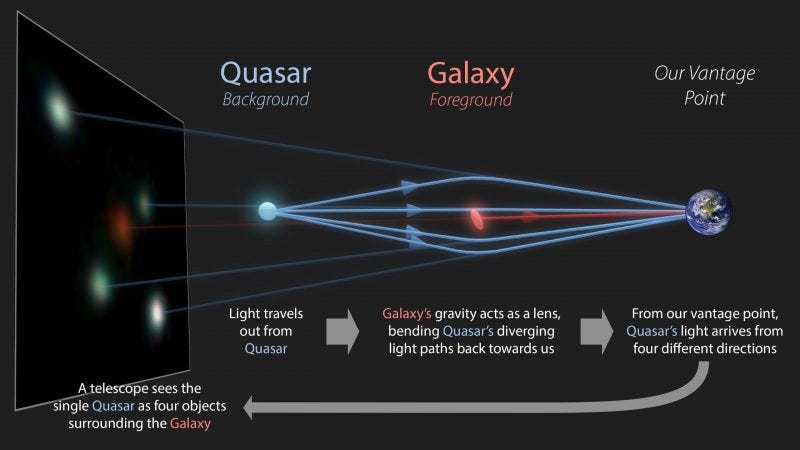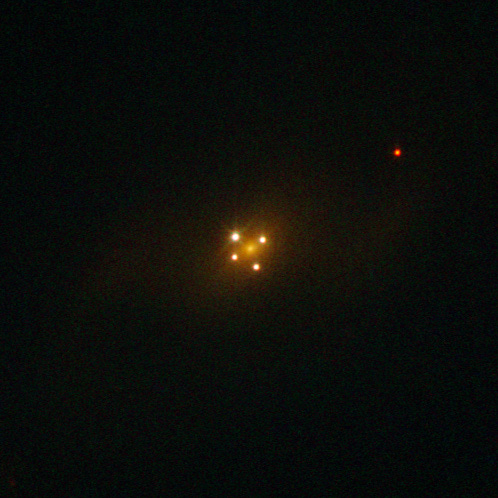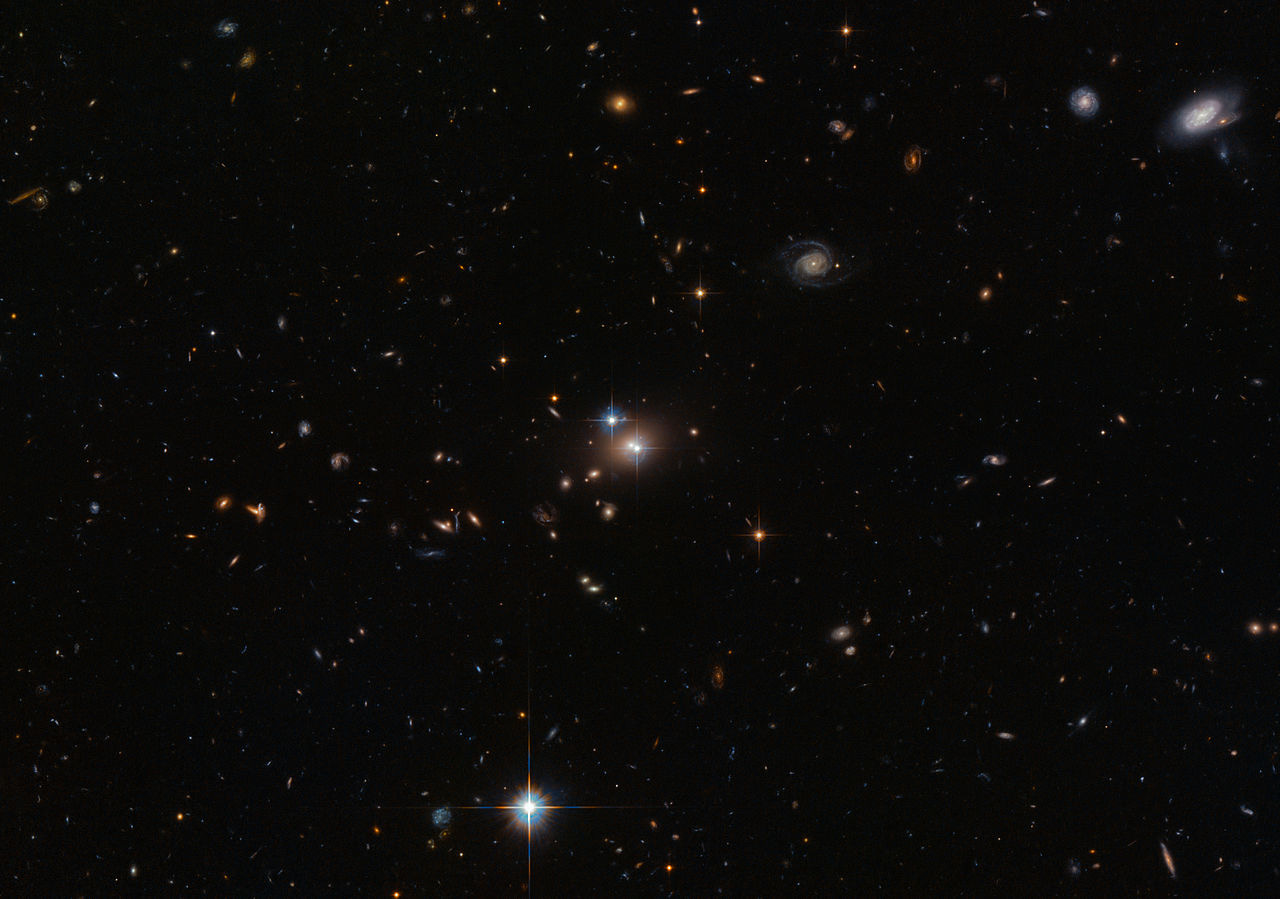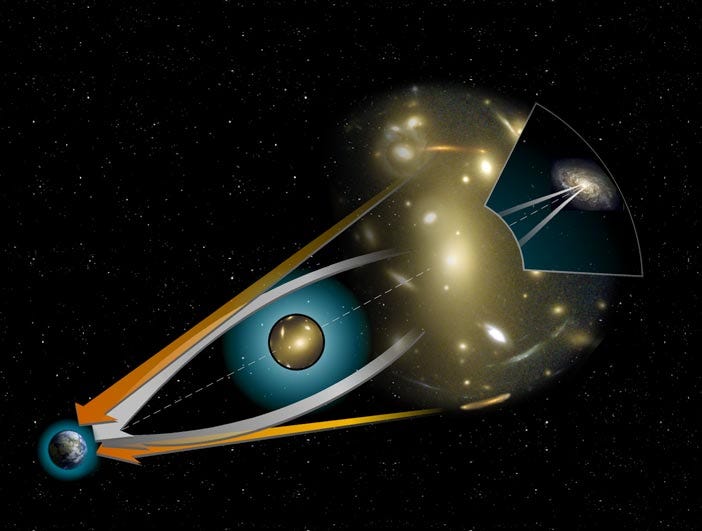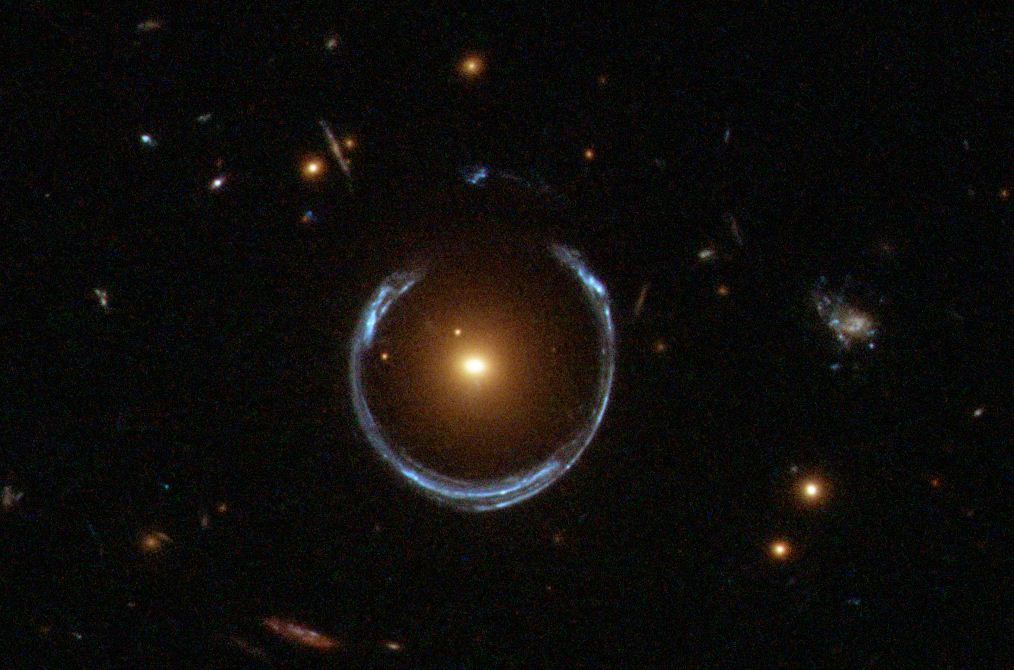Gravitational Lensing: A cosmic Illusion
The effect explained in simple words.
Our Kickstarter on The Space Deck got 90% funded in 2 days. Would love to have your support. Please check the project here.
Have you ever heard of the phenomenon where distant stars or galaxies appear distorted, bent, or even duplicated as if through a cosmic funhouse mirror? Welcome to the fascinating world of gravitational lensing – a mind-boggling effect that reveals the hidden secrets of our universe.
What is Gravitational Lensing?
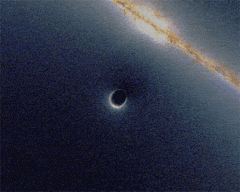
Imagine space as a vast, cosmic fabric, and matter – like stars, planets, and galaxies – as heavy marbles placed on this fabric. Just as a marble would create a depression on a stretched sheet, these massive objects warp the space around them. Gravitational lensing occurs when this warped space acts like a lens, bending and distorting the light traveling through it.
How and why does it work?
Here's the beauty of it: light, while incredibly fast, isn't immune to the bends and curves of space. When light from a distant object passes near a massive celestial body, such as a galaxy or a cluster of galaxies, its path is altered. This alteration can manifest in various ways, from simple magnification to complex distortions and even multiple images of the same object.
It all comes down to the fundamental principles of Einstein's theory of General Relativity. According to this theory, gravity isn't just a force pulling objects together; it's a curvature of spacetime caused by massive objects. Thus, when light travels through this curved spacetime, its path bends accordingly, creating the mesmerizing effects we observe.
Consider the above diagram. Light coming from the Quasar bends because of the massive object (galaxy) and it appears to come from four different directions when it reaches the Earth. This creates a total of 5 images of the same quasar (including one central image of the Quasar.
Why 5? Well, the exact answer goes deep in the theory of relativity. To understand it in simple words, the mathematical solutions to the equations concerning this phenomenon give odd number of solutions, hence the number of images formed are odd numbers like 3, 5, etc.
A bit of History
Gravitational lensing was predicted by Henry Cavendish in 1784 and Johann Georg von Soldner in 1801, based on Newtonian gravity and later by Einstein in 1911 through the equivalence principle. However, Einstein realized in 1915 that his previous calculation was only half of the correct value, becoming the first to accurately calculate the bending of light.
The first observation of light deflection occurred during the 1919 total solar eclipse by Arthur Eddington, Frank Watson Dyson, and their team. They noticed stars near the Sun appeared slightly out of position, confirming Einstein's prediction of gravitational lensing.
The first gravitational lens, nicknamed the "Twin QSO" due to its appearance as two identical quasistellar objects, was discovered in 1979. Officially named SBS 0957+561, it was found by Dennis Walsh, Bob Carswell, and Ray Weymann using the Kitt Peak National Observatory 2.1 meter telescope.
In this latest Hubble image, two shining objects are prominently featured. Initially identified as separate entities upon their discovery in 1979, astronomers swiftly recognized an uncanny resemblance between them. Situated closely together and sharing identical distances from Earth, along with remarkably similar characteristics, these twin objects raised eyebrows. However, the intriguing similarity wasn't merely a cosmic coincidence – they are, in fact, one and the same. These celestial lookalikes form a double quasar dubbed QSO 0957+561, also affectionately known as the "Twin Quasar."
Different Types of Gravitational Lensing
Gravitational lensing comes in various flavors, each with its own unique characteristics:
1. Strong Lensing: This occurs when the gravitational field is strong enough to produce clearly visible distortions and multiple images of the same object.
2. Weak Lensing: In this case, the distortions are subtle and require statistical analysis to detect. Weak lensing is often used to map the distribution of dark matter in the universe.
3. Microlensing: Here, the lensing object is usually a single star, and the effects are temporary and fleeting. Microlensing has been instrumental in the search for exoplanets by detecting the brief brightening of distant stars as a planet passes in front of them.
Gravitational lensing is a testament to the wondrous interplay between matter, light, and the fabric of the cosmos. From its humble beginnings as a theoretical prediction to its transformation into a powerful observational tool, this phenomenon continues to captivate and inspire scientists and stargazers alike.
Next Sunday, we will cover another fascinating topic related to rockets and space.



